In this in-depth interview, we delve into his experiences, insights, and visions for the future of technology.
In an era where technology evolves at a breakneck pace, few professionals manage to stay ahead of the curve while driving innovation. Hemanth Swamy, a seasoned DevOps/SRE engineer with over 8 years of experience, exemplifies this rare blend of forward-thinking and technical prowess. With a track record in optimizing scalable infrastructure, implementing cutting-edge technologies, and contributing significantly to the tech community, Hemanth's journey is nothing short of inspiring. In this in-depth interview, we delve into his experiences, insights, and visions for the future of technology.
1. Hemanth, with over 8 years of experience in DevOps and SRE roles, how have you seen the field evolve, and what key trends do you think are shaping its future?
A: The field of DevOps and Site Reliability Engineering has undergone a remarkable transformation over the years. When I started, the focus was primarily on automating repetitive tasks and ensuring system reliability through basic monitoring and alerting. Today, the scope has expanded significantly. We're now integrating complex CI/CD pipelines, leveraging advanced containerization and orchestration tools like Kubernetes, and implementing Infrastructure as Code (IaC) to manage resources at scale. The rise of cloud-native technologies has shifted the focus towards building resilient, scalable systems that can handle unpredictable workloads efficiently. Trends such as serverless architectures, enhanced security practices, and the integration of machine learning for predictive analytics are setting new benchmarks for what’s possible. The future will likely see deeper integration of AI and automation, driving further efficiency and innovation in how we manage and deploy infrastructure.
2. Can you share a significant challenge you faced while designing and implementing CI/CD pipelines, and how did you overcome it?
A: One of the most significant challenges I encountered was optimizing the CI/CD pipeline for speed and reliability in a highly complex environment. Initially, our deployment times were lengthy, and integrating new code changes frequently led to system failures. To overcome this, I undertook a comprehensive review of our pipeline architecture and identified bottlenecks in the build and deployment processes. I implemented parallelized builds and introduced more rigorous automated testing at different stages. Additionally, we integrated advanced monitoring tools like Prometheus and Grafana to gain better insights into the pipeline’s performance. This overhaul resulted in a 40% reduction in deployment time and significantly improved the reliability of our deployments, ensuring faster delivery of features and bug fixes.
3. You’ve worked with a variety of cloud platforms and containerization technologies. How do you determine which tools and platforms to use for a particular project?
A: Choosing the right tools and platforms depends on several factors, including the project's requirements, the existing tech stack, and the team's familiarity with the technologies. For instance, AWS might be preferred for its comprehensive suite of services and scalability options, while Azure could be chosen for its seamless integration with Microsoft products. Docker and Kubernetes are generally favored for containerization and orchestration due to their robustness and scalability features. I always start by assessing the specific needs of the project, such as performance requirements, security considerations, and deployment scale. From there, I select tools and platforms that best align with these needs, ensuring that they can integrate smoothly with existing systems and provide the necessary support for future growth.
4. What role does security play in your approach to developing and deploying applications, and how do you ensure that best practices are followed?
A: Security is a critical aspect of every stage in the development and deployment lifecycle. From the outset, I integrated security practices into the CI/CD pipelines by incorporating tools like SonarQube for static code analysis and WhiteScan for vulnerability scanning. This proactive approach helps identify and address potential security issues early in the development process. Additionally, I ensure that our container images and infrastructure configurations adhere to security best practices by implementing policies and controls to prevent unauthorized access and ensure data integrity. Regular security audits and updates are also part of my strategy to keep systems secure against emerging threats. By embedding security into every phase of the project, I ensure that we maintain a strong security posture and protect our applications and data from potential risks.
5. Your experience spans various roles, including network engineering and IT support. How have these experiences influenced your approach to DevOps and SRE?
A: My background in network engineering and IT support has provided me with a comprehensive understanding of system infrastructure and the challenges associated with it. This experience has been invaluable in my DevOps and SRE roles, as it has given me a deep appreciation for the intricacies of network design, performance optimization, and troubleshooting. It has also helped me approach problem-solving with a holistic view, considering both the application layer and the underlying infrastructure. This cross-disciplinary knowledge enables me to design more robust and efficient systems, anticipate potential issues, and implement effective solutions that address both immediate and long-term needs.
6. Can you discuss a project where you successfully implemented Infrastructure as Code (IaC) and the impact it had on the project's success?
A: One notable project involved implementing IaC using Terraform and ARM templates to automate the provisioning of cloud resources for a large-scale application. Previously, the process of setting up and configuring infrastructure was manual and error-prone, leading to inconsistencies and delays. By adopting IaC, we were able to define our infrastructure requirements in code, which greatly improved consistency and reproducibility across environments. This automation not only accelerated the deployment process but also reduced human errors, leading to more stable and reliable infrastructure. The project saw significant improvements in scalability and resource management, allowing the team to focus more on development and innovation rather than operational overhead.
7. How do you stay current with emerging trends and technologies in the field of DevOps and cloud computing?
A: Staying current in this fast-evolving field requires continuous learning and engagement with the tech community. I regularly read industry publications, attend conferences, and participate in webinars to stay informed about the latest trends and advancements. Engaging with professional networks and forums, such as ADPList, also provides valuable insights and discussions on emerging technologies. Additionally, contributing to industry publications and serving as a judge for technical competitions keeps me actively involved and up-to-date with cutting-edge practices and tools. This ongoing learning process ensures that I remain at the forefront of technological advancements and can apply the latest innovations to my work.
8. How has your experience as a judge for technical competitions and your involvement in industry publications shaped your professional development?
A: Being a judge for technical competitions and contributing to industry publications has been instrumental in my professional growth. These roles have exposed me to a wide range of innovative ideas and solutions from diverse teams and individuals. Reviewing cutting-edge projects and research helps me understand emerging trends and technologies, which I can then apply to my own work. Additionally, these experiences have enhanced my ability to evaluate complex problems and provide constructive feedback, further honing my technical and analytical skills. The opportunity to collaborate with other experts and share knowledge has also broadened my perspective and deepened my understanding of the field.
9. What advice would you give to someone starting their career in DevOps or Site Reliability Engineering?
A: For someone starting a career in DevOps or Site Reliability Engineering, my advice would be to focus on building a strong foundation in both software development and infrastructure management. Understanding the principles of continuous integration and delivery, automation, and containerization is crucial. Gaining hands-on experience with cloud platforms and IaC tools will also be beneficial. Additionally, developing strong problem-solving skills and a collaborative mindset is essential, as these roles often involve working closely with various teams and addressing complex challenges. Lastly, stay curious and never stop learning—technology evolves rapidly, and keeping up with new tools and practices will help you stay ahead in the field.
10. Looking ahead, what are your aspirations and goals for the future in your career?
A: Looking ahead, my goal is to continue driving innovation in the field of DevOps and Site Reliability Engineering. I aim to explore new technologies and methodologies that can further enhance system performance and reliability. I’m particularly interested in advancing the integration of AI and machine learning into infrastructure management to improve predictive capabilities and automate complex processes. Additionally, I aspire to take on leadership roles where I can mentor and guide the next generation of tech professionals, sharing my experiences and insights to help them succeed. Ultimately, my goal is to contribute to groundbreaking projects that push the boundaries of what’s possible and make a meaningful impact in the tech industry.
Hemanth Swamy’s career is a compelling narrative of adaptability, technical excellence, and forward-thinking in the ever-evolving tech landscape. His work not only reflects a mastery of current technologies but also a proactive approach to emerging trends and challenges. Through his achievements and contributions, Hemanth demonstrates the profound impact that passion and expertise can have on the tech industry. As technology continues to advance, it is professionals like Hemanth who lead the way, setting new standards and inspiring others to innovate and excel. His journey underscores the importance of staying curious and engaged, illustrating that success in tech is as much about continual learning and adaptation as it is about technical skills.
The DNA app is now available for download on the Google Play Store. Please download the app and share your feedback with us.
![submenu-img]() Who is Siddique? Malayalam actor missing after Kerala High Court denies him anticipatory bail in rape case
Who is Siddique? Malayalam actor missing after Kerala High Court denies him anticipatory bail in rape case![submenu-img]() Delhi's air quality turns 'poor' as monsoon ends, AQI reaches...
Delhi's air quality turns 'poor' as monsoon ends, AQI reaches...![submenu-img]() Who is Mohsin Akhtar Mir? Urmila Matondkar's husband from whom she has filed for divorce, Kashmiri model acted in...
Who is Mohsin Akhtar Mir? Urmila Matondkar's husband from whom she has filed for divorce, Kashmiri model acted in...![submenu-img]() Bigg Boss 17 winner, comedian Munawar Faruqui buys plush home in Mumbai, it's price will leave you shocked
Bigg Boss 17 winner, comedian Munawar Faruqui buys plush home in Mumbai, it's price will leave you shocked![submenu-img]() Badlapur sexual assault case: Accused Akshay Shinde's father moves HC, seeks...
Badlapur sexual assault case: Accused Akshay Shinde's father moves HC, seeks...![submenu-img]() बुखार होने पर Paracetamol खाते हैं? सरकार ने किया है 53 दवाइयों का क्वालिटी टेस्ट, रिजल्ट छुड़ा देगा छक्के
बुखार होने पर Paracetamol खाते हैं? सरकार ने किया है 53 दवाइयों का क्वालिटी टेस्ट, रिजल्ट छुड़ा देगा छक्के![submenu-img]() पुलिस थाने में बनाए गए फर्जी सबूत और रिकॉर्ड... कोलकाता रेपकांड में CBI का बड़ा खुलासा
पुलिस थाने में बनाए गए फर्जी सबूत और रिकॉर्ड... कोलकाता रेपकांड में CBI का बड़ा खुलासा![submenu-img]() Haryana Assembly Elections 2024 के बीच Vinesh Phogat पर लटकी डोपिंग की तलवार, मिला ये खास नोटिस
Haryana Assembly Elections 2024 के बीच Vinesh Phogat पर लटकी डोपिंग की तलवार, मिला ये खास नोटिस![submenu-img]() PM Modi से Rahul Gandhi तक, मुद्दों से ज्यादा 'लांछन' से सज रहे भाषण, क्या सच में आक्रामक राजनीति जनता को लुभाती है?
PM Modi से Rahul Gandhi तक, मुद्दों से ज्यादा 'लांछन' से सज रहे भाषण, क्या सच में आक्रामक राजनीति जनता को लुभाती है? ![submenu-img]() दिल्ली में 450 से ऊपर गया AQI तो लागू होगा Odd-Even, जानें 'आप' का प्रदूषण प��र 21 पॉइंट का प्लान
दिल्ली में 450 से ऊपर गया AQI तो लागू होगा Odd-Even, जानें 'आप' का प्रदूषण प��र 21 पॉइंट का प्लान![submenu-img]() Tata launches Nexon iCNG, check price, mileage, other features
Tata launches Nexon iCNG, check price, mileage, other features![submenu-img]() This Indian car brand set to acquire 50% stake in Skoda Auto Volkswagen India, deal will cost Rs…
This Indian car brand set to acquire 50% stake in Skoda Auto Volkswagen India, deal will cost Rs…![submenu-img]() Ford to return to India after 2 years with reopening of....
Ford to return to India after 2 years with reopening of....![submenu-img]() Maruti Suzuki launches new Swift CNG, check price, mileage, other features
Maruti Suzuki launches new Swift CNG, check price, mileage, other features![submenu-img]() ‘30 LPA, 3BHK, no in-laws’: Woman earning Rs 1.32 lakh salary lists demands for future husband, netizens say...
‘30 LPA, 3BHK, no in-laws’: Woman earning Rs 1.32 lakh salary lists demands for future husband, netizens say...![submenu-img]() Meet man who worked as auto-driver, slept with beggars, later cracked UPSC exam, currently he is...
Meet man who worked as auto-driver, slept with beggars, later cracked UPSC exam, currently he is...![submenu-img]() Meet Indian genius, worked at IIT, wrote over 50 books, won all possible awards but missed out on Nobel due to...
Meet Indian genius, worked at IIT, wrote over 50 books, won all possible awards but missed out on Nobel due to...![submenu-img]() Meet tribal student, who had no books, trekked 3 km daily for internet, cracked NEET in first attempt, he is from...
Meet tribal student, who had no books, trekked 3 km daily for internet, cracked NEET in first attempt, he is from...![submenu-img]() Meet woman, IIT graduate, who left bank job to become state topper in UPSC, now working as...
Meet woman, IIT graduate, who left bank job to become state topper in UPSC, now working as...![submenu-img]() Meet IPS officer, who has resigned after 10 yrs of service to work in...
Meet IPS officer, who has resigned after 10 yrs of service to work in...![submenu-img]() Congress President Kharge Slams & Opposes 'One Nation, One Election' Proposal, Calls It Impractical
Congress President Kharge Slams & Opposes 'One Nation, One Election' Proposal, Calls It Impractical![submenu-img]() Why 'One Nation One Election' Is important? Ashwini Vaishnaw Explains After It Gets Cabinet Approval
Why 'One Nation One Election' Is important? Ashwini Vaishnaw Explains After It Gets Cabinet Approval![submenu-img]() Jammu Kashmir Assembly Election 2024 Phase 1 Highlights: What Happened In First phase In J&K Polls?
Jammu Kashmir Assembly Election 2024 Phase 1 Highlights: What Happened In First phase In J&K Polls?![submenu-img]() One Nation One Election: Centre Clears Proposal, Bill To Be Introduced In Winter Session | Modi 3.0
One Nation One Election: Centre Clears Proposal, Bill To Be Introduced In Winter Session | Modi 3.0![submenu-img]() Haryana Elections 2024: Is BJP Set To Lose In Haryana? Anti-Incumbency And Other Factors Analysed
Haryana Elections 2024: Is BJP Set To Lose In Haryana? Anti-Incumbency And Other Factors Analysed![submenu-img]() Meet woman, closely related to Ratan Tata, heads 130-year-old company with market cap of Rs 13273 crore, she is...
Meet woman, closely related to Ratan Tata, heads 130-year-old company with market cap of Rs 13273 crore, she is...![submenu-img]() Sebi asks individual investors to use only UPI for up to Rs 5 lakh to...
Sebi asks individual investors to use only UPI for up to Rs 5 lakh to...![submenu-img]() Mukesh Ambani's Reliance consumer products to challenge rivals with aggressive pricing strategy ahead of festivals
Mukesh Ambani's Reliance consumer products to challenge rivals with aggressive pricing strategy ahead of festivals![submenu-img]() Meet woman with Rs 39322 crore net worth, who once led Rs 59262 crore company, she is India's richest...
Meet woman with Rs 39322 crore net worth, who once led Rs 59262 crore company, she is India's richest...![submenu-img]() Driving Excellence in Construction Management: The Journey of Rinkesh Gajera
Driving Excellence in Construction Management: The Journey of Rinkesh Gajera![submenu-img]() Aabha Paul sets the internet on fire with her sultry looks, see pics
Aabha Paul sets the internet on fire with her sultry looks, see pics![submenu-img]() This bird flies for months covering 12000 kms without landing
This bird flies for months covering 12000 kms without landing![submenu-img]() Jai Anmol Ambani: Luxurious cars owned by Anil Ambani’s son; check pics here
Jai Anmol Ambani: Luxurious cars owned by Anil Ambani’s son; check pics here![submenu-img]() From Shah Rukh promising to take care of son to Kumar Gaurav's vow to only marry her: Vijayta Pandit's bold statements
From Shah Rukh promising to take care of son to Kumar Gaurav's vow to only marry her: Vijayta Pandit's bold statements![submenu-img]() Ajay Devgn's biggest flop film was made in Rs 100 crore, couldn't recover 10% of budget; it's not Himmatwala, Maidaan
Ajay Devgn's biggest flop film was made in Rs 100 crore, couldn't recover 10% of budget; it's not Himmatwala, Maidaan![submenu-img]() Badlapur sexual assault case: Accused Akshay Shinde's father moves HC, seeks...
Badlapur sexual assault case: Accused Akshay Shinde's father moves HC, seeks...![submenu-img]() Mumbai Metro Aqua Line 3: First phase of Mumbai's underground metro likely to be inaugurated in...; check speed, fare
Mumbai Metro Aqua Line 3: First phase of Mumbai's underground metro likely to be inaugurated in...; check speed, fare![submenu-img]() New airline from Uttar Pradesh gets govt approval, set to compete with IndiGo, Air India
New airline from Uttar Pradesh gets govt approval, set to compete with IndiGo, Air India![submenu-img]() Transforming Contingent Workforce Management with Cutting-Edge Program Strategies
Transforming Contingent Workforce Management with Cutting-Edge Program Strategies![submenu-img]() Sustainable Solutions: How SUSBIO ECOTREAT Is Transforming Sewage Treatment In India
Sustainable Solutions: How SUSBIO ECOTREAT Is Transforming Sewage Treatment In India
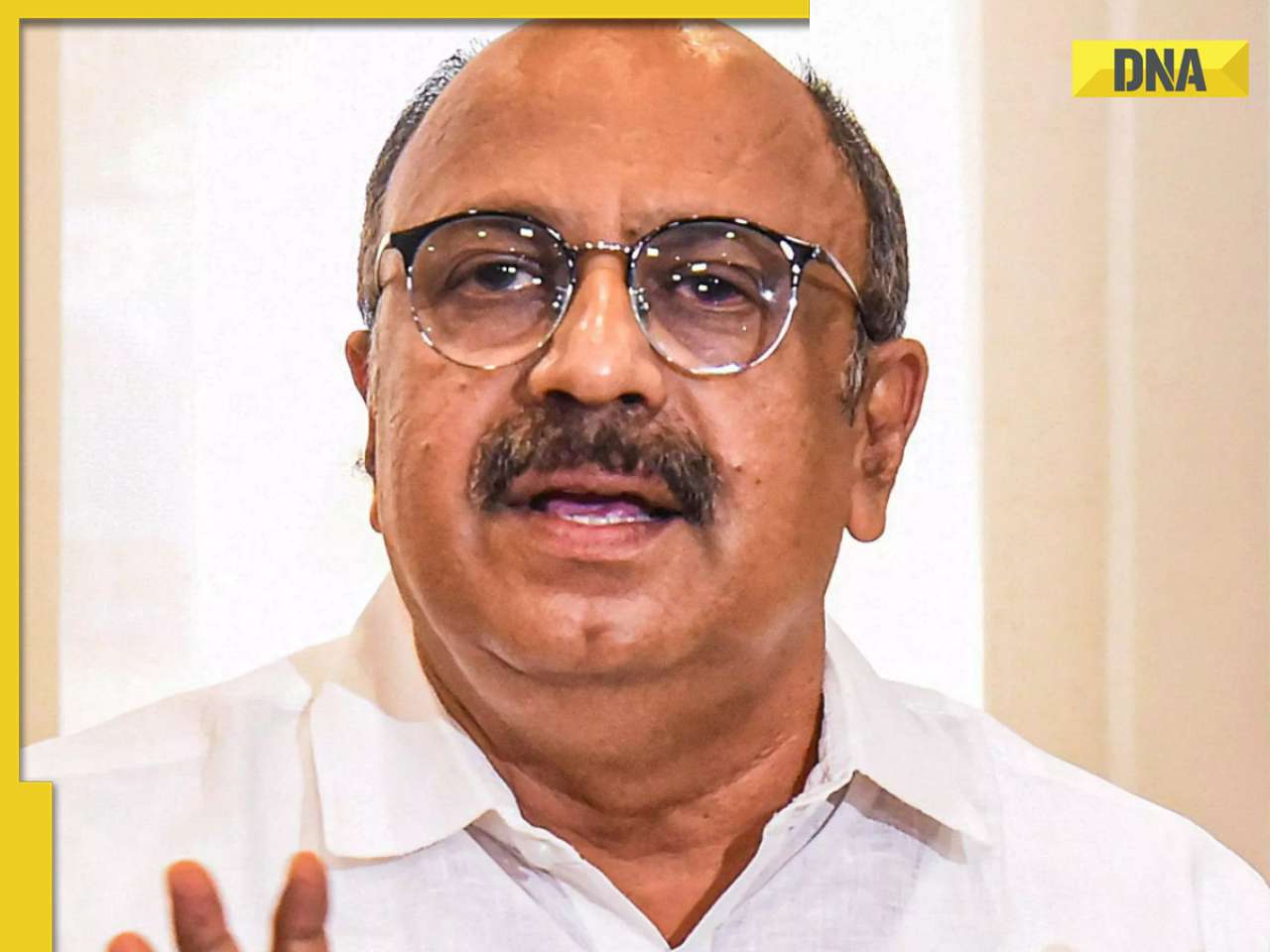





















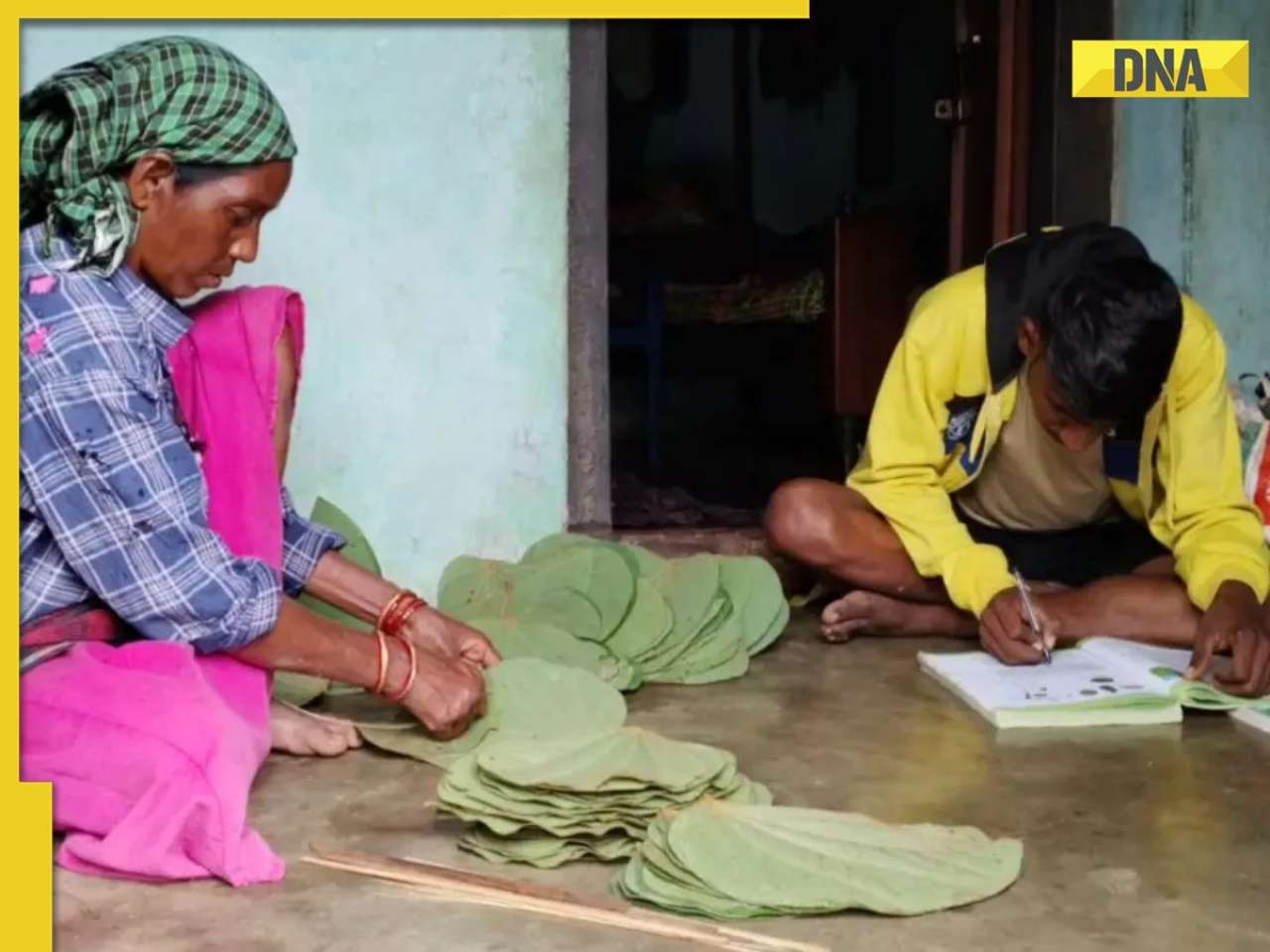

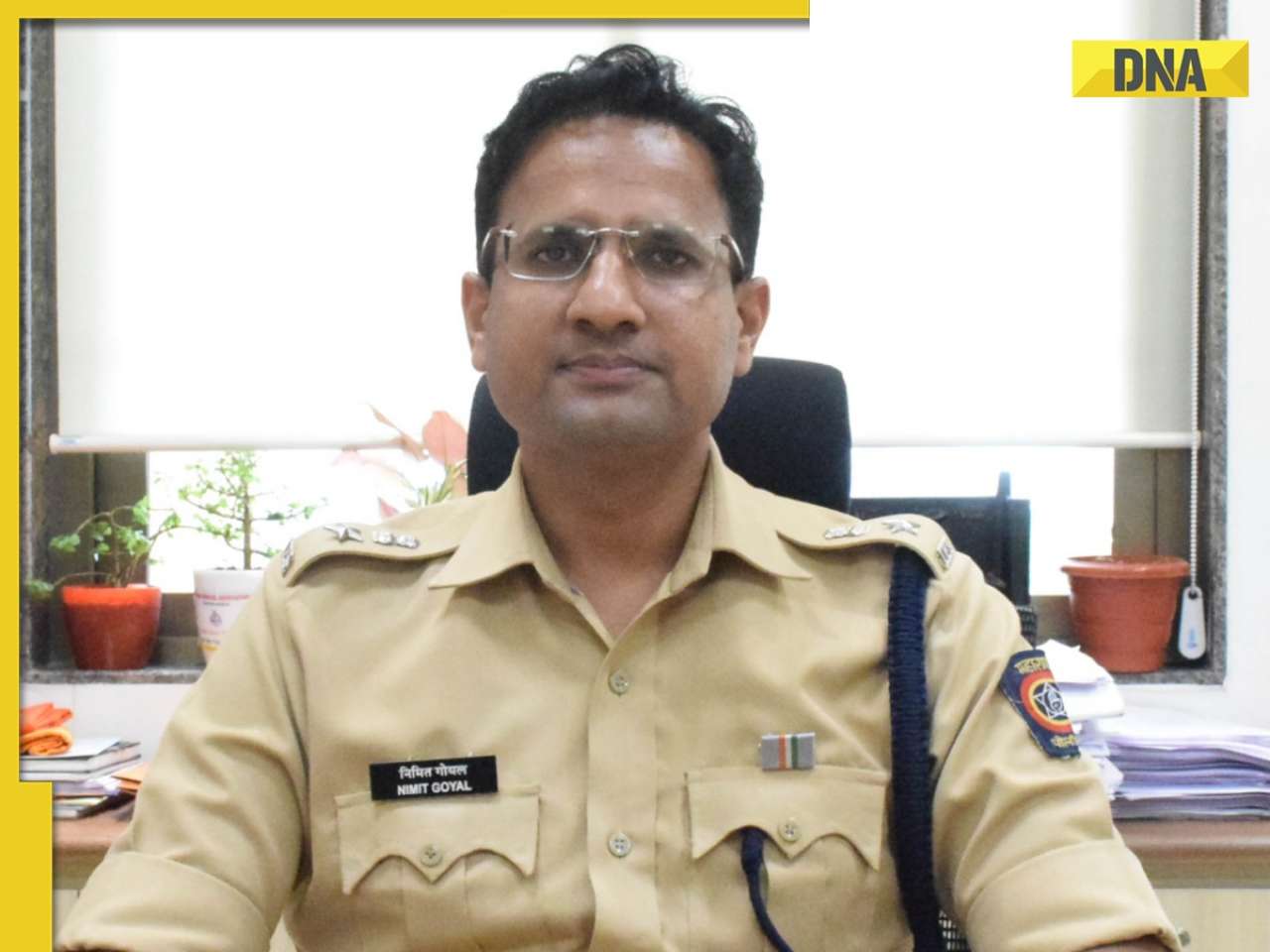

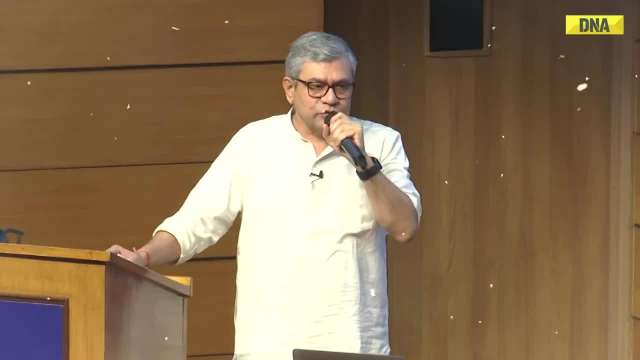





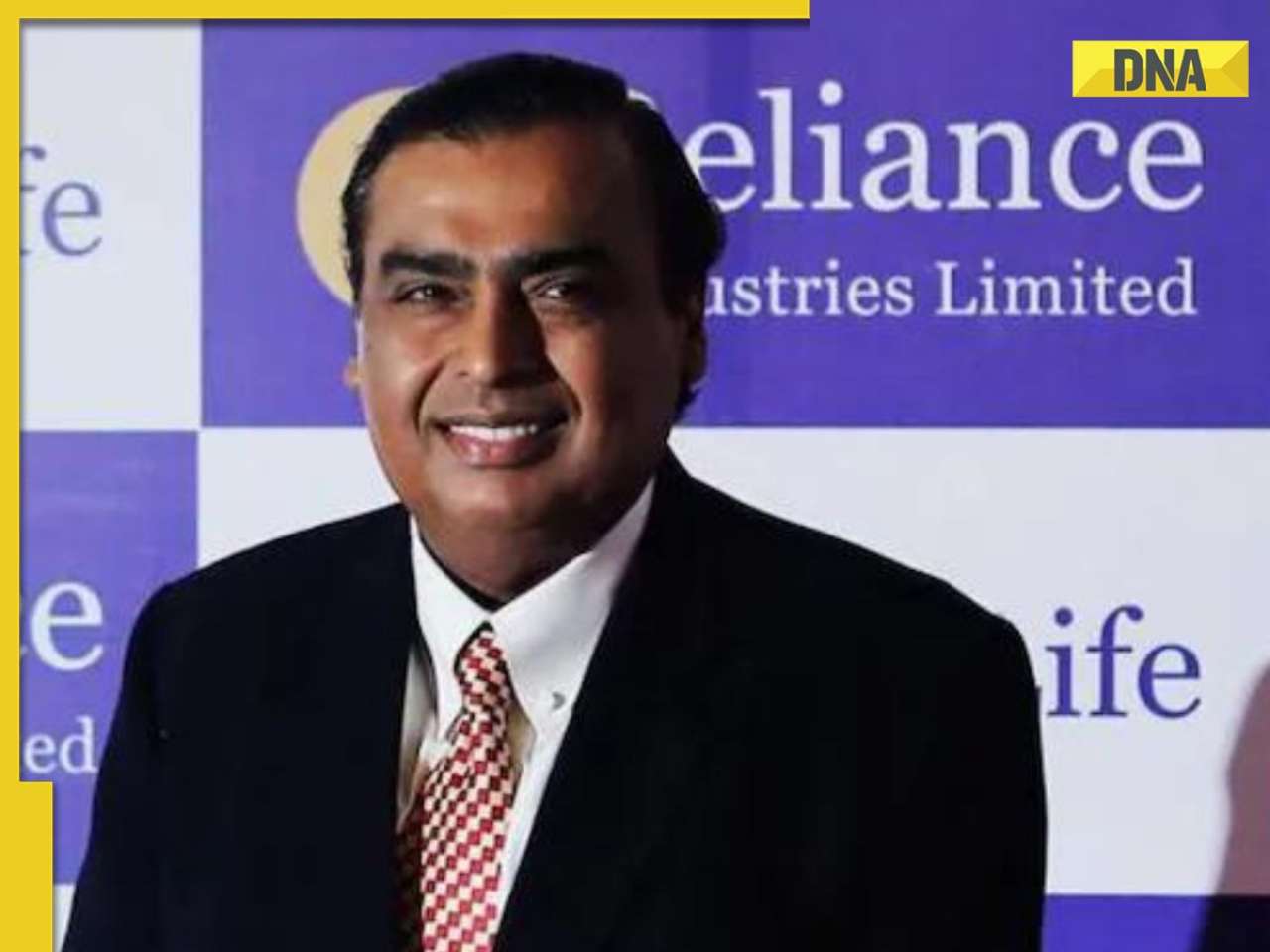

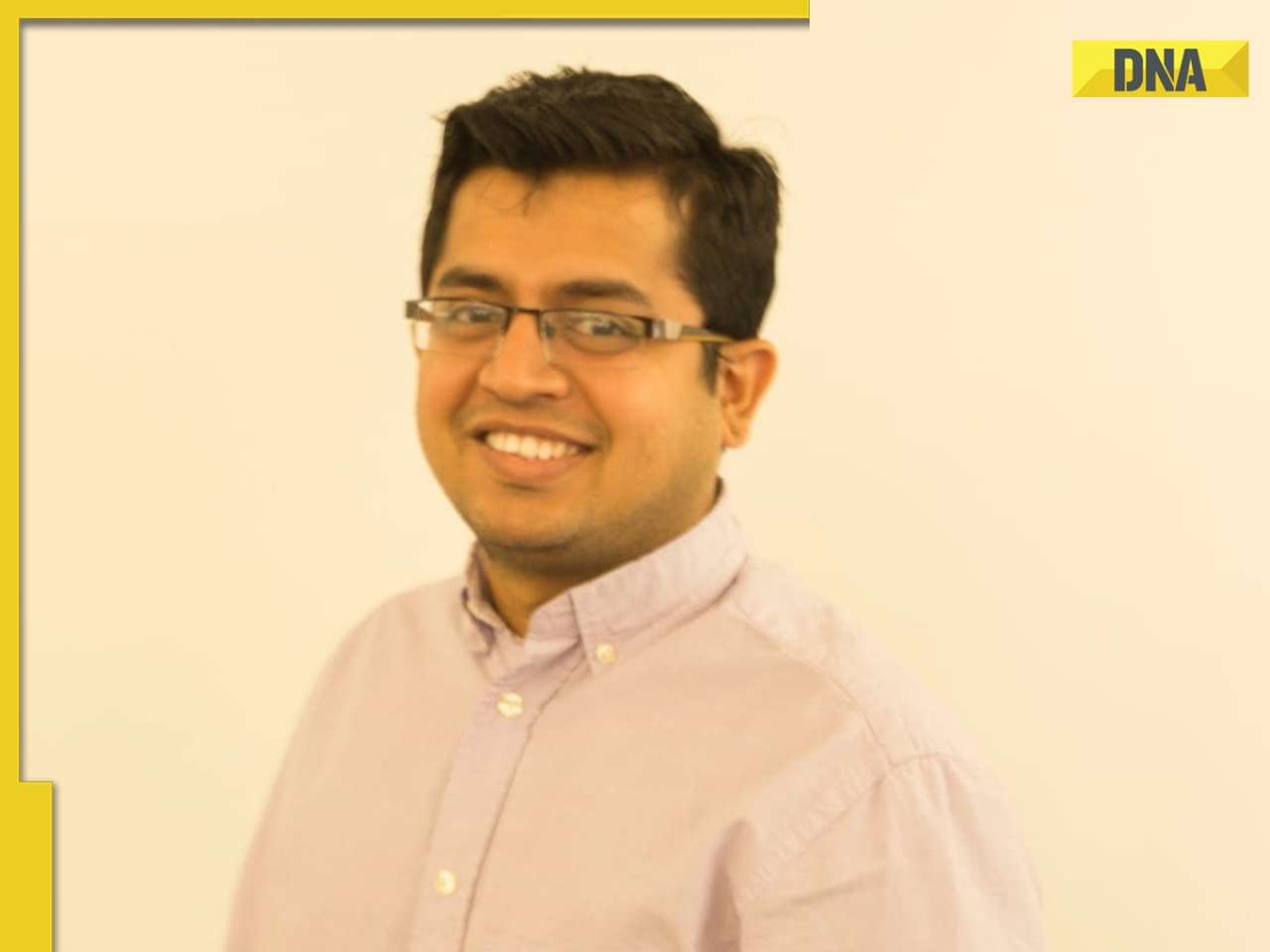







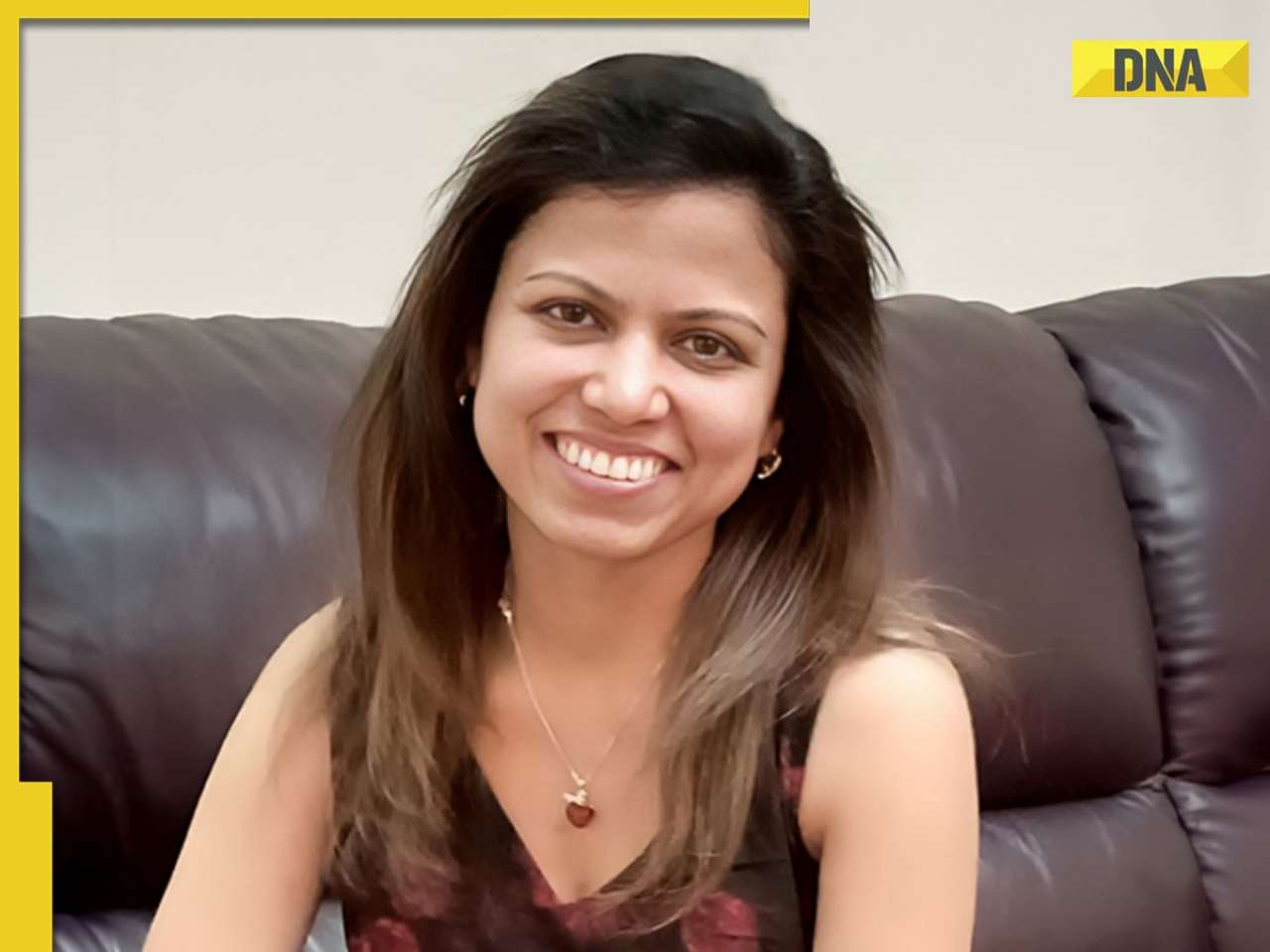
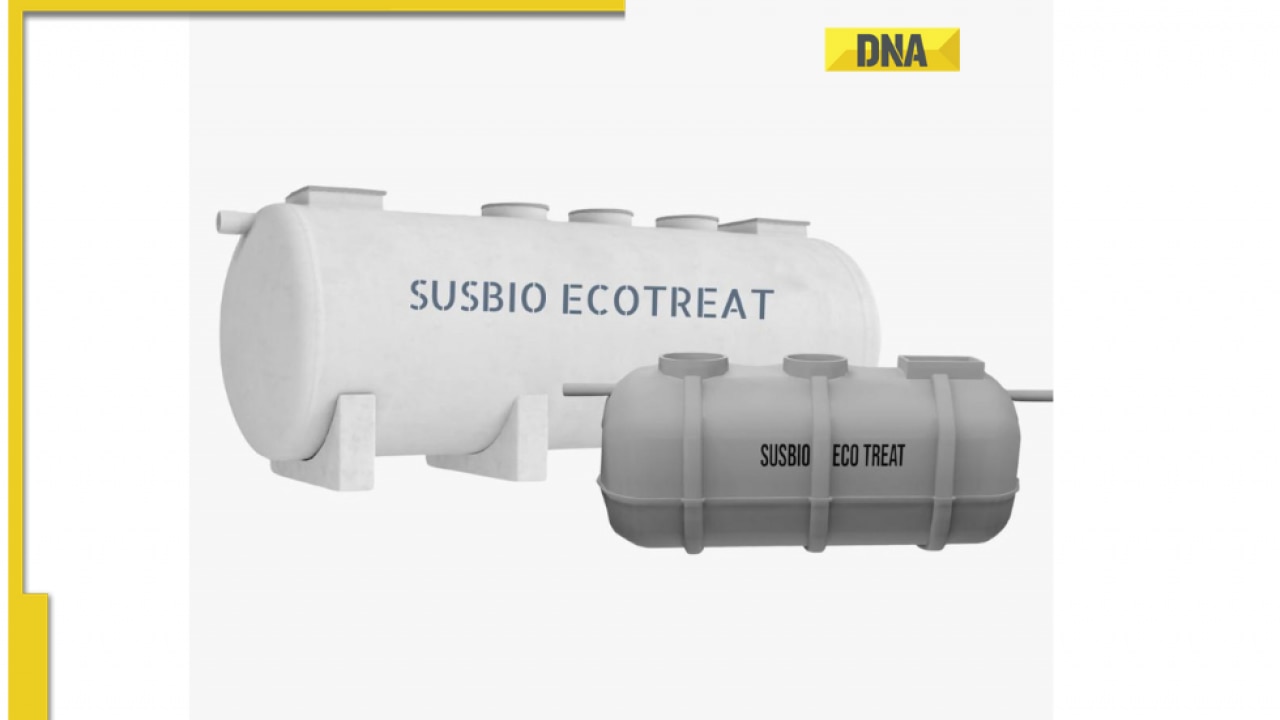

)
)
)
)
)
)
)
)
)
)
)
)
)
)
)





)
)
)
)
)
)